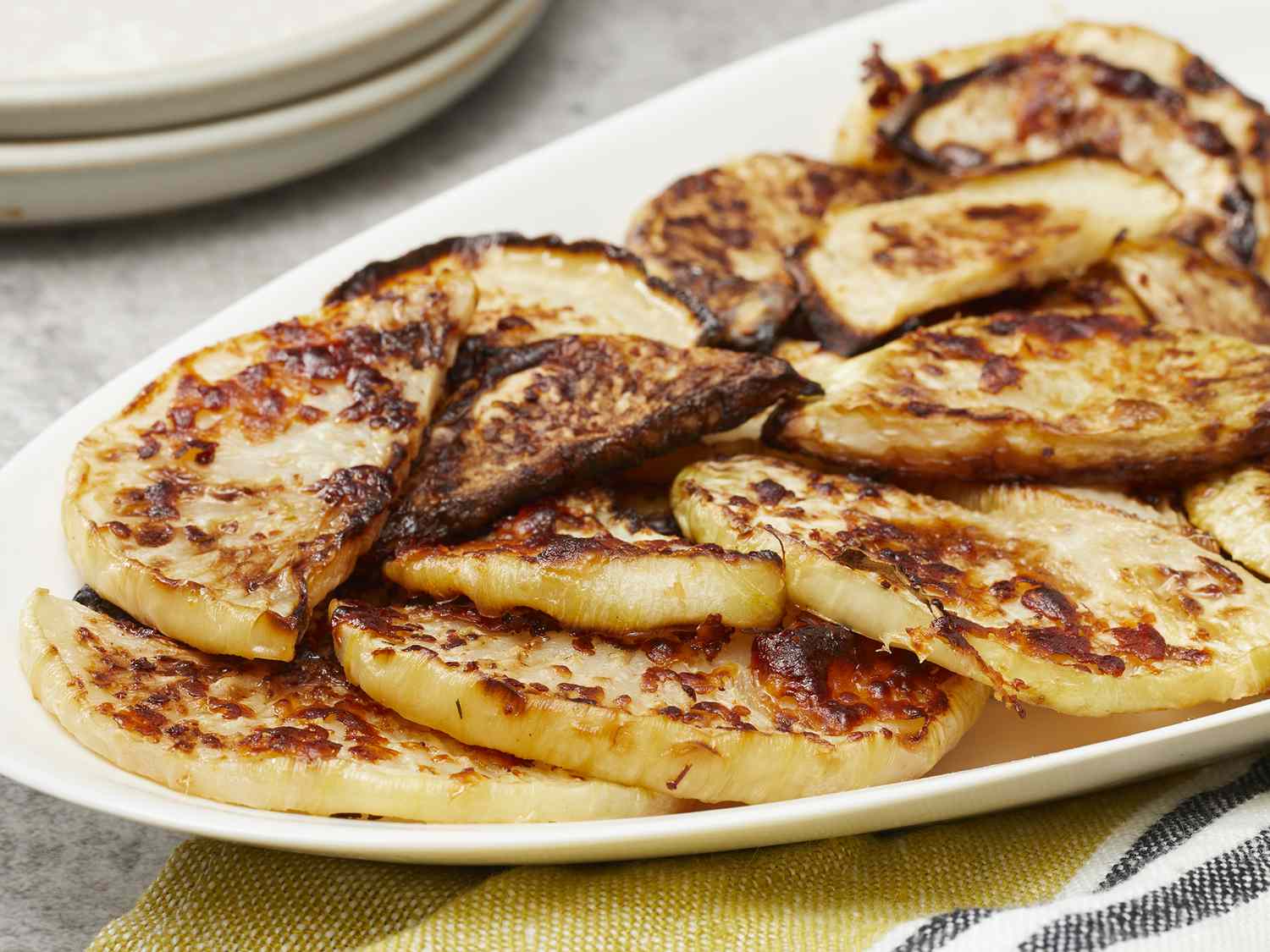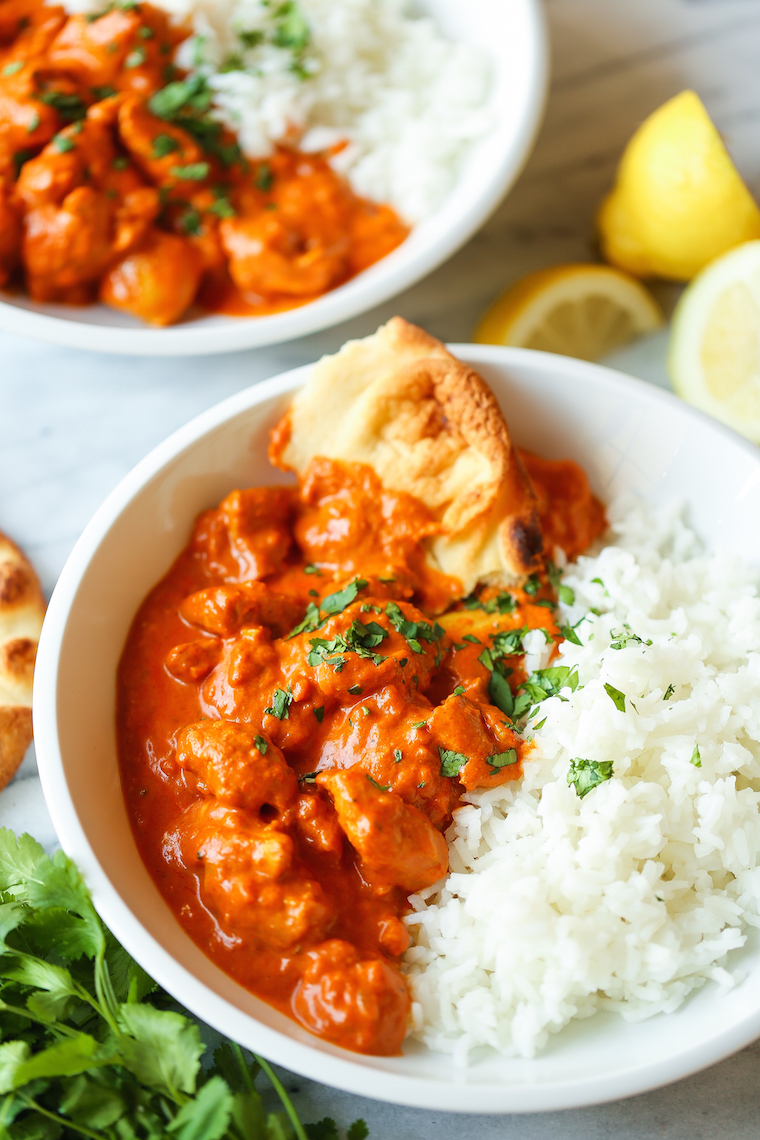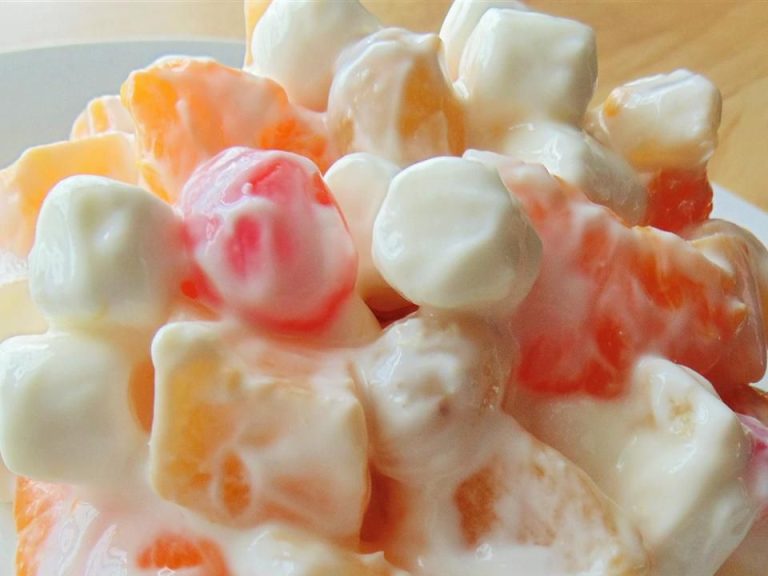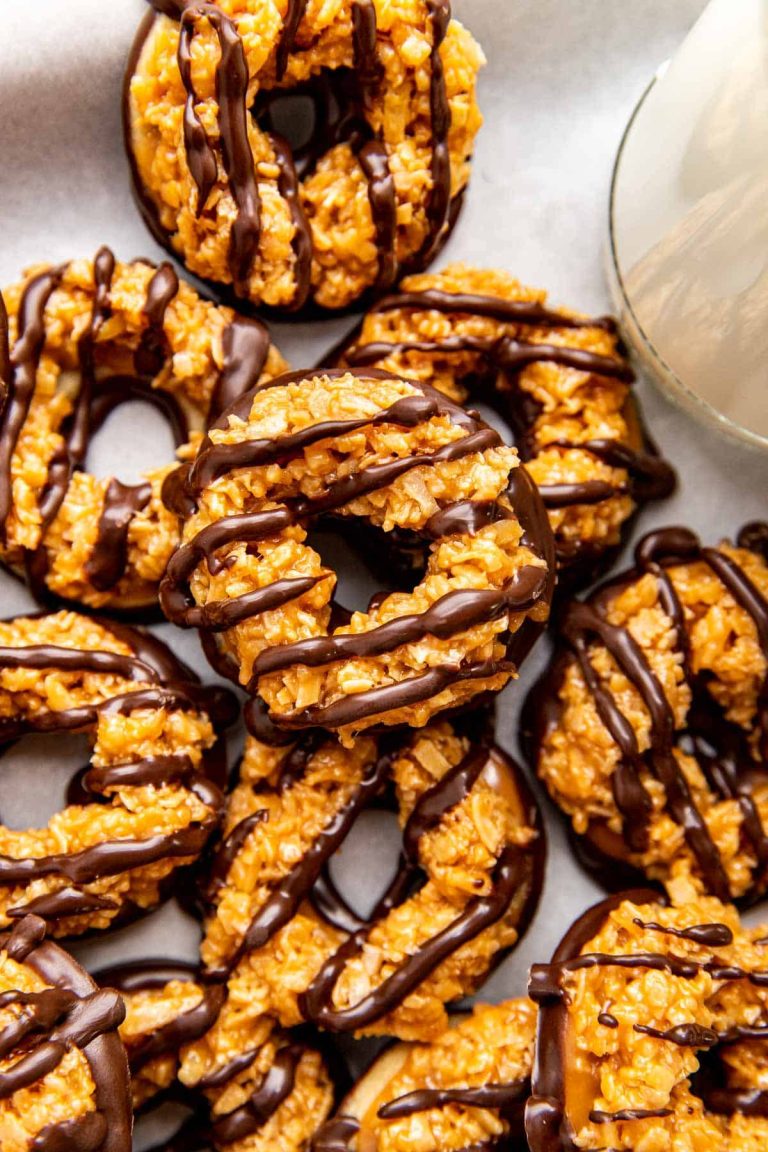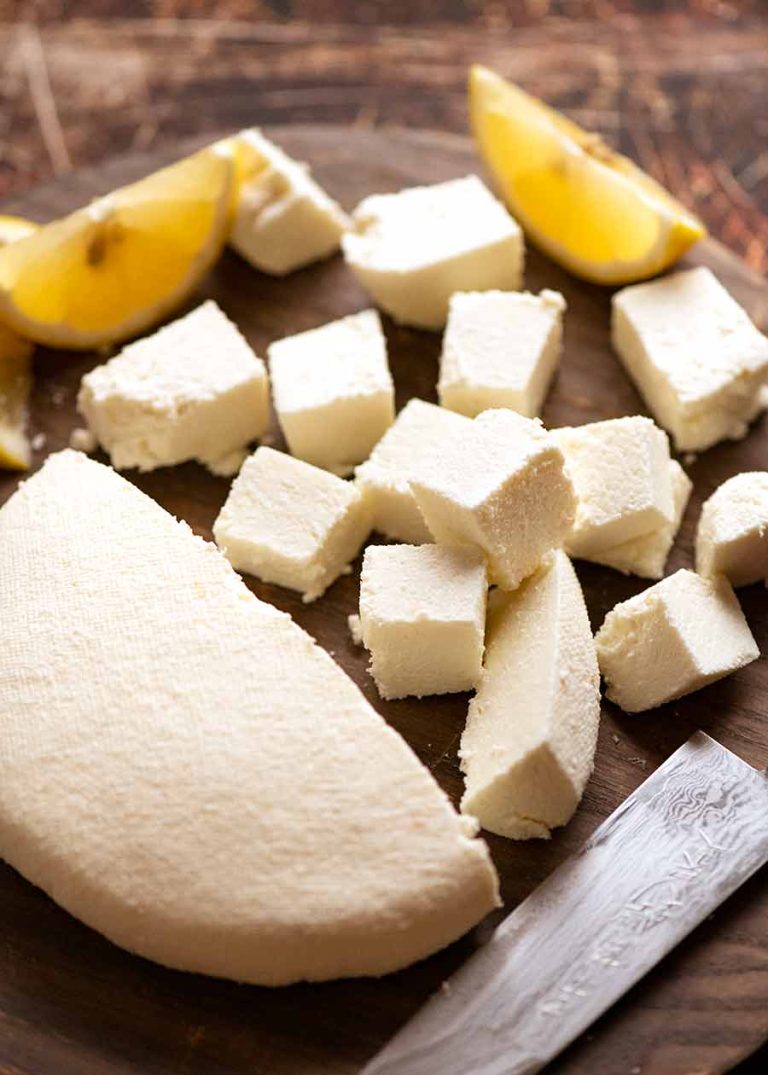Roasted Kohlrabi: Easy Recipe, Nutritional Benefits, and Serving Ideas
Kohlrabi, often called the “German turnip,” originates from Europe. This vegetable belongs to the Brassica family, which includes cabbage, broccoli, and kale. Kohlrabi provides significant health benefits because it’s rich in vitamins C and B6, potassium, magnesium, and dietary fiber. Consuming kohlrabi supports immune function, improves digestive health, and contributes to heart health.
Varieties and Seasonal Availability
Kohlrabi comes in two main varieties: green and purple. The green variety has a light green bulb and tender texture, while the purple variety has a vibrant purple bulb yet a similar flavor. Cultivated in both spring and fall, kohlrabi thrives in cooler temperatures and is typically harvested from mid-spring to early summer and again from late summer to early fall. Depending on growing conditions, you can find kohlrabi in markets year-round, but it’s freshest and most flavorful during its peak seasons.
Preparing Kohlrabi for Roasting
Choosing the Right Kohlrabi
Pick firm, smooth kohlrabi bulbs. Check for blemishes or soft spots, which signal spoilage. Opt for smaller bulbs, around 2-3 inches in diameter, to ensure tenderness. Both green and purple varieties are suitable for roasting, but the flavor remains similar.
Necessary Pre-Roasting Preparation
Remove and discard leaves from the kohlrabi bulb. Wash the bulb thoroughly under cold running water to eliminate dirt. Using a sharp knife or vegetable peeler, remove the outer tough skin. Cut the kohlrabi into uniform pieces, about 1-inch cubes or slices, to ensure even cooking. Toss the pieces in olive oil, salt, and pepper. For extra flavor, add garlic powder, cumin, or paprika.
How to Roast Kohlrabi
Best Roasting Techniques
To achieve perfectly roasted kohlrabi, preheat your oven to 400°F (204°C). Arrange the cut kohlrabi pieces on a baking sheet in a single layer. Evenly spacing the pieces ensures even roasting. Place another baking sheet beneath to catch any drips if your kohlrabi has high water content. Roast for 25-30 minutes, flipping the pieces halfway through. You’re looking for a golden-brown color and tender texture when pierced with a fork. For a crispier texture, extend the roasting time by an additional 5 minutes, monitoring closely to avoid burning.
Recommended Seasonings and Flavors
Seasoning enhances the natural flavor of kohlrabi. After coating the pieces with olive oil, sprinkle salt and pepper generously. For extra flavor, consider using garlic powder or cumin, which complement the earthiness of kohlrabi. Other options include paprika for a smoky note, turmeric for warmth, and rosemary for a fragrant touch. To add tanginess, squeeze lemon juice over the kohlrabi post-roasting. Fresh herbs like parsley or cilantro, added as garnishes, offer a bright finish that contrasts well with the roasted flavor.
Serving Suggestions for Roasted Kohlrabi
Pairing with Proteins
Roasted kohlrabi pairs well with various proteins. Serve it alongside grilled chicken, baked salmon, or roasted beef for a well-rounded meal. Its mild, slightly sweet flavor complements the savory taste of these proteins. For a vegetarian option, pair roasted kohlrabi with lentils or chickpeas, which provide a hearty boost of protein. The contrasting textures and flavors create a satisfying dish.
Incorporating Into Salads and Side Dishes
Incorporate roasted kohlrabi into salads for added crunch and flavor. Combine it with mixed greens, cucumber, and cherry tomatoes for a fresh, vibrant salad. Add a drizzle of balsamic vinaigrette to enhance the flavors. As a side dish, mix roasted kohlrabi with roasted carrots and parsnips for a colorful and nutritious addition to your meal. Sprinkle with fresh herbs like parsley or cilantro for added freshness.
Conclusion
Roasting kohlrabi is a simple yet rewarding way to enjoy this nutrient-packed vegetable. By selecting the right bulbs and using the proper seasoning and roasting techniques, you can create a delicious and versatile dish. Pair it with your favorite proteins or incorporate it into salads and side dishes for a burst of flavor and nutrition. Give roasted kohlrabi a try and discover a new favorite addition to your culinary repertoire.
